Sometimes when zoning a garden we have different candidate placements for the same function. Even if we don't, before we start digging it's a good idea to see what nature is telling us.
How are we going to read the area? Looking at the plants that are already there.
In part 1, I mentioned this already, in the last section: What's already in it. But at this stage of the design it's time to give a deeper look at it.
The different species that appear will provide us information about the quality of the soil, it's consistency and it's pH. And this information will help us choose and amend the different sections for better yield and long term success.
Compacted soils
If the soil is compacted, you are going to see taproot species, like dandelion or chicory. This is how nature opens it up. Compacted soils will make plants work extra hard to develop the root system and this can hinder the development of some plants like tomatoes.
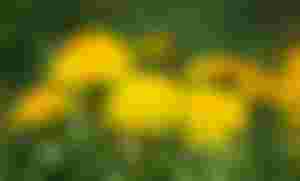
What to put in compacted soils? Taproot plants, like carrots or turnip. Now... don't expect nice looking roots if you do, they are going to look very funny, but be edible anyway. And they will help loosen the soil and open the door to plant other things in the future.
Compacted soils are usually the result of leaving dirt exposed, so it might need to be seeded with microorganisms using compost black soil and cover.
Clay soils
Clay soils have poor drainage, and have a tendency to be saturated if it rains and caked if it's dry. They can look compacted, but they also look more brown than grey. On the bright side, they are likely to be high in nutrients.
If you see plantain or nettle, you might have clay soil.
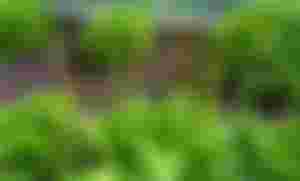
What to do with clay soils? That's a good place for raised beds or hugelkulturs. This way instead of having rotten roots, we have self watering beds.
Another good thing to do in an area with clay soil is a water reservoir.
Sandy soils
Sandy soils have poor water retention, and oftentimes are also poor in nutrients. Not a nice combo.
If you have a sandy soil you are going to see draught resistant plants. Yarrow and sorrel for example can appear in these conditions.
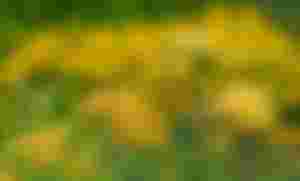
If you like cactuses or succulents, this is your spot (amending the nutrients if needed). Especially if it's shady. These plants are not only beautiful, some are edible or have edible fruit, they are easy to propagate and they are in high demand. So it is a good way to transform a problem in a solution and have, maybe, an additional source of income.
The idea that in each problem lies the seed for a solution is in the core of permaculture.
PH and soils
Good soil is pH neutral. Some plants can grow in off balanced soils, but ideally we strive for a pH of 7. The solution for both low or high pH is the same: compost and cover. The soil tends to balance itself when it's alive.
For example, if you have a compacted soil, chances are it will be also off balance pH-wise. So if you see dandelion, you can strongly guesstimate it will be acidic (low pH) and if you see chicory it will likely have high pH (alkaline).
There are pH test stripes to have a better look. And also other tests like adding vinegar to one sample dissolved in water and sodium bicarbonate (or baking soda) to another. If the one with vinegar sizzles, it's an alkaline soil, of the one with bicarbonate sizzles it's acidic. Essentially we are making Redox reactions (have you ever mixed sodium bicarbonate with lemon? same idea).
Nutrients and soils
Rich soils can be seen right away, black dirt, tight vibrant green cover. This means that the nutrients are there and the "gut flora" to digest it too. Plants need three major nutrients: Nitrogen, Phosphorous and Potassium (the famous NPK) and a myriad of micronutrients. Plants also need and create symbiosis relationships with a wide variety of micro-organisms that predigest the material in the soil for them.
If you see chickweed for example, it's a sign of rich high in nitrogen soils.

To fix nitrogen in the soil nature uses, and we can use too, legumes. Legumes promote the development of rhizobacteria, which are the nitrogen fixers of the system. So if you see clover the soil is being repaired and ready to plant.
Clover and other plants of the family are great for paths, or to seed in times we let land rest. legumes are an important part of seasonal planting and rotation. We will get there some other time.
Conclusion
So, when you are going to choose what to put specifically in each spot in your different zones, give a hard look at the plants that are already there, try to identify them and see what information about the soil and conditions are giving you.
If you made changes in the water flow, the information you have now will change as the system has an optimized access to water, but still this is really important information.
Also remember that many "weeds" are actually edible and make great crops. They are high in nutrients, resilient and self seeded. Seriously, what else can we ask for?
Thanks for reading.
All comments are more than welcome. :)
References:
https://www.almanac.com/weeds-indicator-plants
https://www.growveg.com.au/guides/what-your-weeds-are-trying-to-tell-you/
Images: Stock photos from Canva.
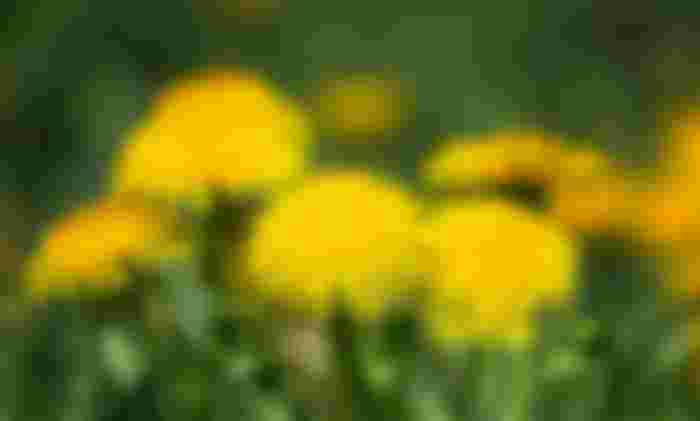
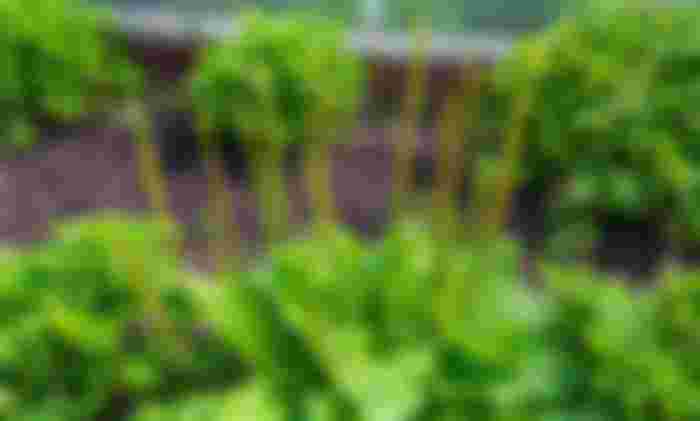


I am a plant lover too. Right now I'm exhausted for many reason and I have set aside gardening for now. But will be back when my arm is ok, hopefully soon.